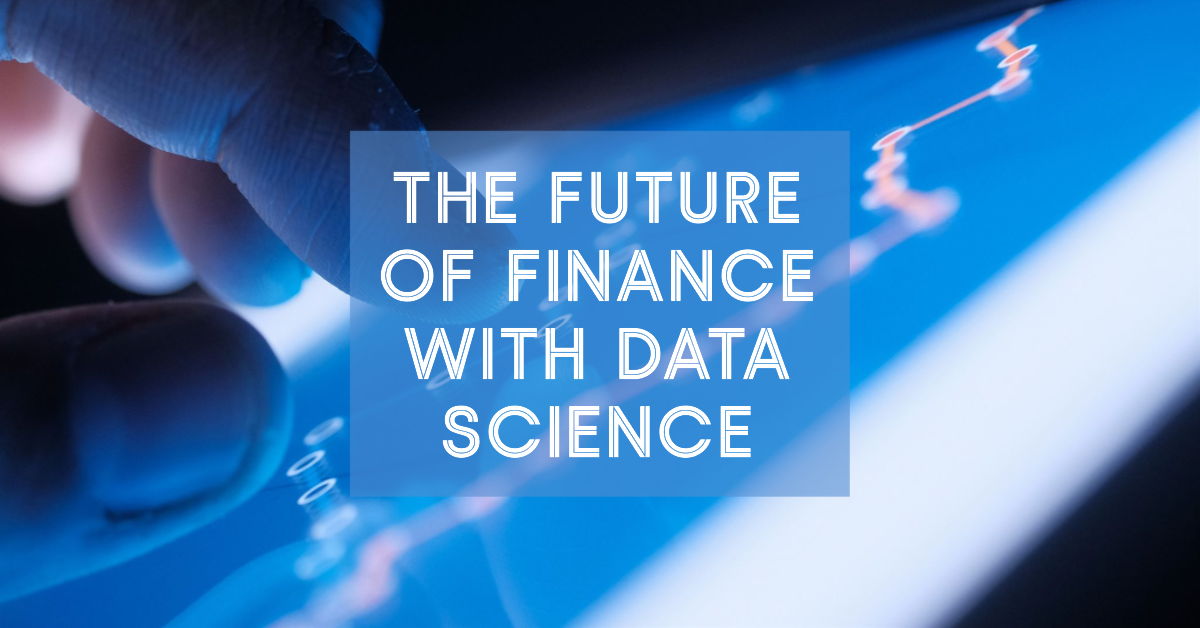A. What is the primary role of data science in finance?
Data science in finance primarily involves utilizing advanced analytics and machine learning to extract valuable insights, optimize processes, and make informed decisions.
B. How does data science contribute to risk management?
Data science contributes to risk management by providing predictive analytics, identifying potential risks, and enabling proactive decision-making to mitigate those risks.
C. Are there any notable challenges in implementing data science in the financial sector?
Yes, challenges include data security concerns, integration issues with existing systems, and navigating regulatory compliance requirements.
D. What skills are essential for a career in data science in finance?
Essential skills include a blend of technical proficiency, statistical knowledge, and domain-specific expertise in finance.
E. Can data science completely replace traditional financial analysis methods?
While data science enhances and complements traditional methods, a complete replacement is unlikely. The human element and domain expertise remain crucial in financial analysis.

